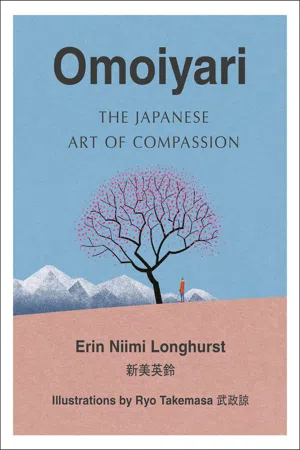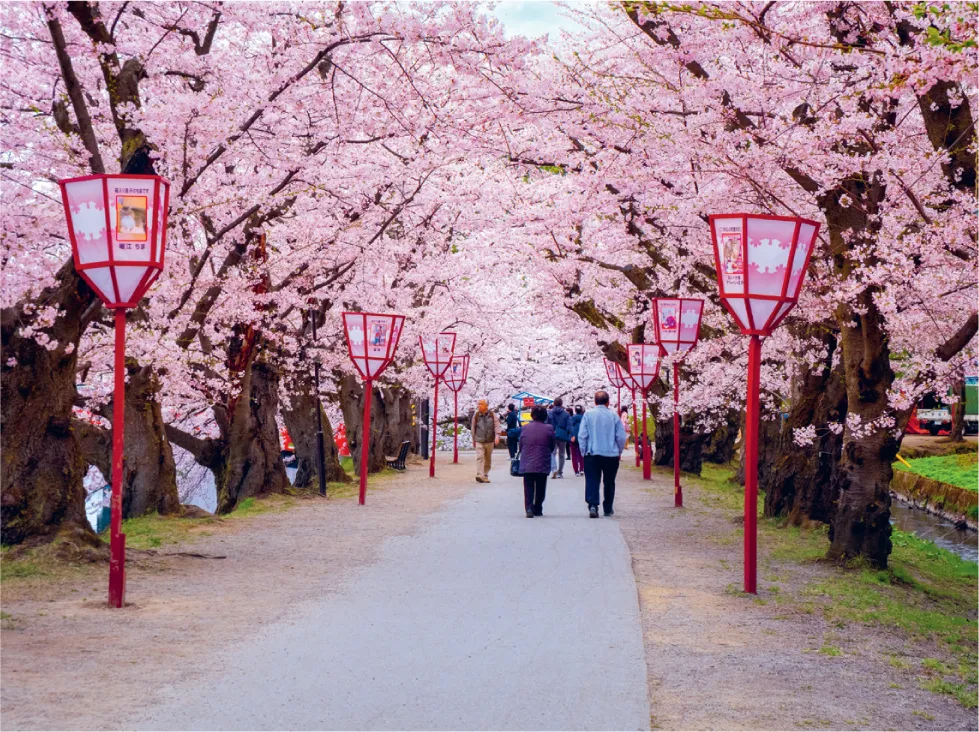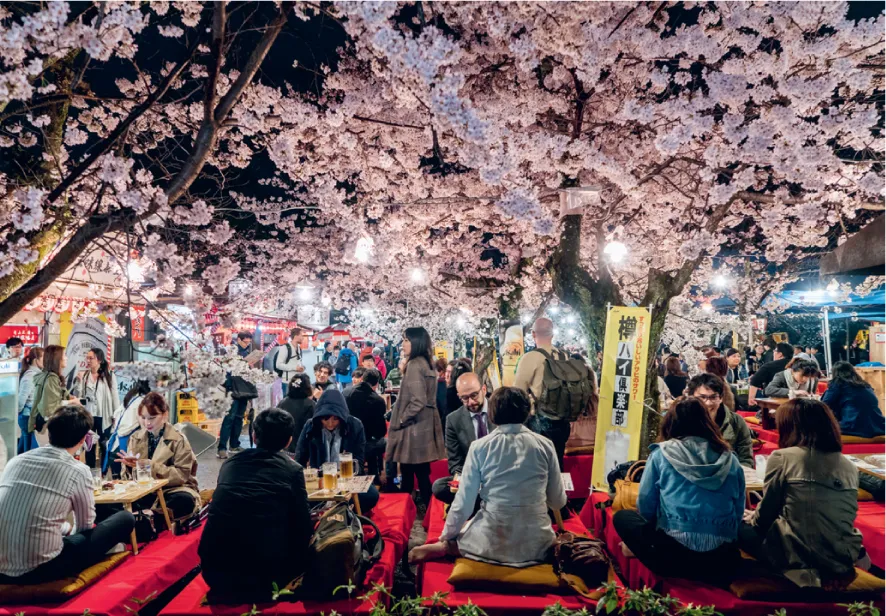DIFFERENT BODY, SAME MIND.
Japanese proverb
Of all the concepts I’ve covered so far, wa might be the most challenging to distill. Wa represents harmony, peace, balance and unity and comes through a multitude of traditions, practices and platforms. It is perhaps so tricky to nail down because it permeates all aspects of Japanese culture. In fact, wa is also a name for Japan, or Japanese things – a washitsu is a Japanese-style room with tatami floors; washi paper is Japanese paper; washoku is Japanese food; wafuku is Japanese clothing, like kimonos; and anything Japanese-style is referred to as wafu.
The philosophy of wa is one of harmonious cohesion, focusing on the needs of the community, rather than more self-serving, individual interests. It’s a celebration of the interconnectedness of things, and their relationships, as opposed to seeing things in isolation. Whether it is tea ceremony, shinrin-yoku (forest bathing), cherry-blossom season or Bushido (the way of the warrior), the concept of wa flows through it all.
The idea of wa not only refers to the interconnectedness or connection between people, but between people and physical objects, too. It is based on the belief that objects are imbued with a kind of spiritual power. Wa is about the pursuit of balance – finding harmony among people, the space in which they reside and how they are connected and the interplay between all these factors.
In Harmony with Nature
Many traditional Japanese practices and pastimes are focused on the attainment of tranquillity, or this sense of harmony – the pursuit of wa, particularly maintaining a close relationship with the natural world.
Shinrin-yoku: forest bathing
Shinrin-yoku is a therapeutic practice, which involves becoming immersed in nature and awakening our senses. It is about connecting with the environment mindfully, and without premeditation – more of a ramble than a jog.
Many studies have shown that this practice has tangible benefits – from improving cardiovascular health to aiding sleep. I firmly believe that anyone can benefit from shinrin-yoku, even those who live in an urban environment. There’s something about the stillness that being immersed in nature can bring – the combination of physical activity and mental clarity is extremely valuable.
Here are a few tips for practising shinrin-yoku in the city:
— Leave your devices at home – this is about shutting out noise and being present in the moment.
— Look out for natural phenomena around you – things like komorebi (the light that filters through leaves), kawaakari (see below) or moss growing in a particular way. What season is it? How are the trees changing? These are the details that will reveal themselves to you on your journey.
— Avoid following a set path. This is about letting your mind wander freely, and letting go, rather than following strict guidelines or sticking to a prescribed timeframe.
Hanami: enjoying the transient beauty of flowers
Hanami is the tradition of viewing flowers, particularly between March and May during the cherry-blossom season. People take advantage of this transient and beautiful phenomenon by gathering for parties in the parks. Any excuse for a get-together with good food and sake!
Kawaakari: the light of a river in darkness
The term ‘kawaakari’ refers to the soft light or glow of a river’s surface in darkness, often caused by the reflection of the moon on the water. This is just one example of the phenomena you might encounter when you practise kachou fuugetsu – getting to know yourself through experiencing the beauty and majesty of the natural world.
Chado: Tea Ceremony
Chado, or ‘the way of tea’, is the ceremonial presentation of tea, through a series of prescribed movements that are meticulously thought out, planned and executed.
Like many Japanese practices, it is never just about the tea – it’s also about the food, decorative elements (like ikebana flower arrangements, the display of calligraphy, selection of ceramics) and clothing, too. It is a constantly fluid and changing process, one in which the practitioner takes into account the passage of time and changing of the seasons. My aunt, for example, has devoted years (in fact, decades) to honing her craft.
The principles of tea ceremony include:
— Wa – harmony in nature In the context of tea ceremony, it is about how the elements of the practice relate to the outside world, but also how the selection of food, ceramics and other details relate to the space, and to the manner in which it is served to the guests.
— Kei – respect In tea ceremony, it is about respecting each other, but also the objects and the process itself.
— Sei – purity Finding clarity and stillness of mind, the act of tea ceremony itself is a purification of sorts.
— Jaku – tranquillity The aim is to find and embody tranquillity through the art of tea ceremony.
In order to properly understand wa, practising tea ceremony, or a version of it, might bring a sense of awareness, and help to change your perception.
© Free To Use Sounds on Unsplash
How to Host a Tea Ceremony in Six Steps
By following these six simple steps, you can bring the practice of tea ceremony, with all its benefits, into your home and life.
- Prepare the space. Whether you’re doing it at home, or elsewhere, you need to prepare the space. Make sure it’s clean and, ideally, includes a scenic view or elements of nature.
- Prepare the guests. Ahead of the tea ceremony, you want to make your guests feel welcom...







